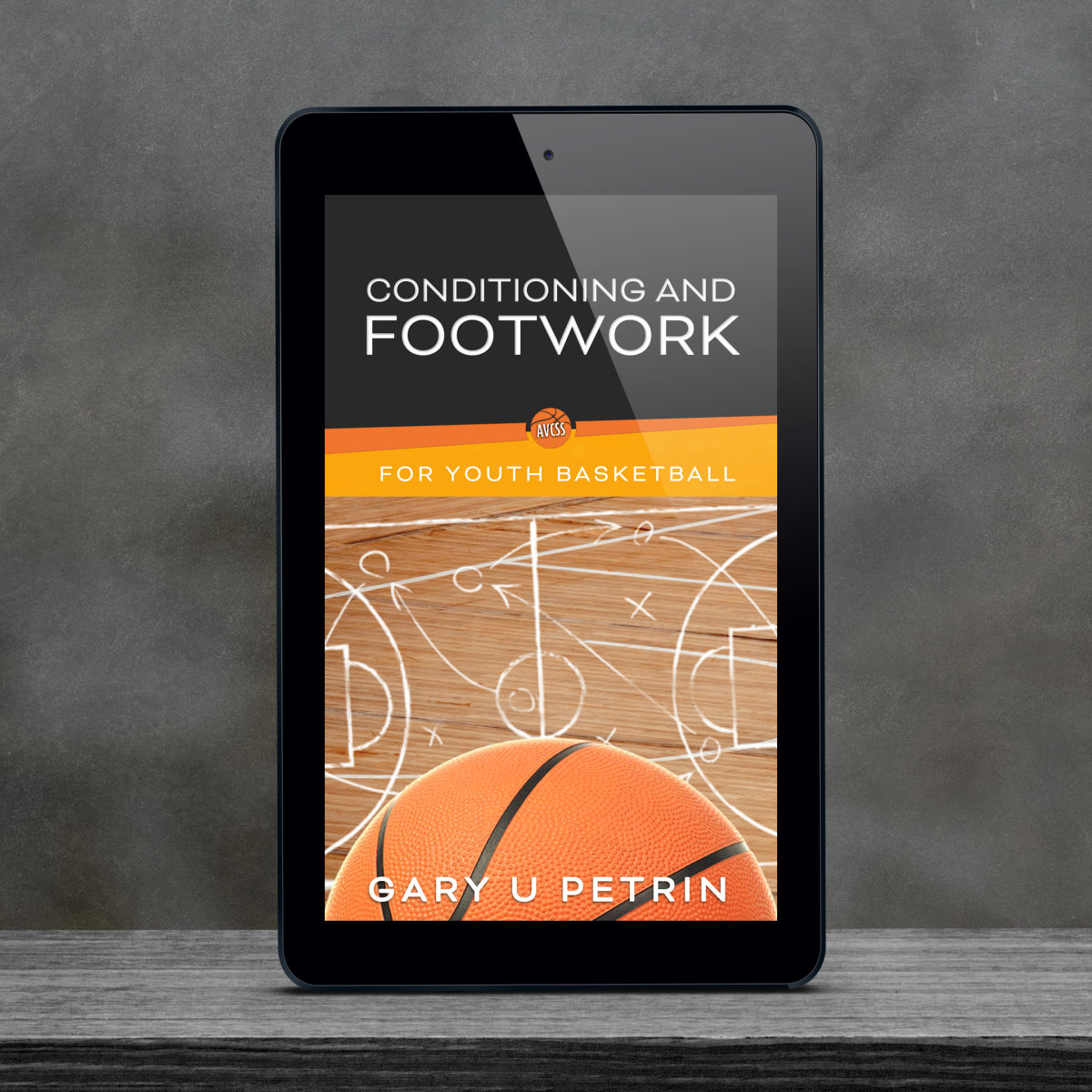Basketball Stretches – Exercises
 |
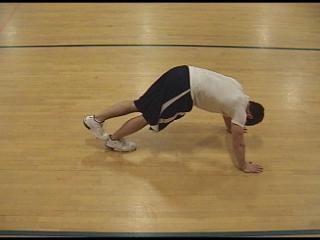 |
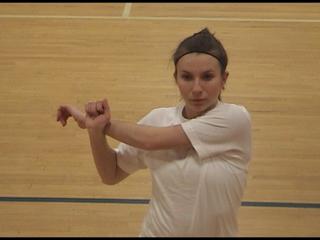 |
Youth Basketball Stretches / Stretching Exercises are sometimes confused with Warm-Up. “Warm-Up” and “Stretching” are not the same. In reality they are two separate things, and have two separate purposes. Read below…
The Warm-Up:
The warm-up helps to increase blood flow to the muscles, and will help to loosen up the joints. An effective warm-up should last around 6-8 minutes. Jogging, medium sprints, half speed slides, and jump roping are good examples of warm-up exercises. The main purpose of the warm-up is to prepare the body for any challenging athletic activity that follows. As soon as the body starts to perspire (lightly) – this means that your body is adequately warmed up.
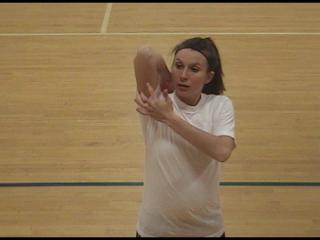
Examples of Warm-up exercises:
Jogging – Half Court and Back, then Full Court and Back (Slow Speed).
Jogging – Half Court and Back, then Full Court and Back (Medium Speed).
Line Conditioning Drill / Dribbling Basketballs
Once your players have worked up a light sweat, they are ready to start their stretching routine…
Check out our New Download Now!
Stretching:
Stretching helps to increase the range of motion in your muscles, joints – and helps with flexibility. Coaches that fail to include a warm-up and stretching routines at the beginning of practices or games can increase the chance of injury to a player. It is very important to stretch the major muscle groups that players will be using during practices and games. Coaches / Players must understand that exercise without properly warming up can be very strenuous to muscles, joints, and ligaments.
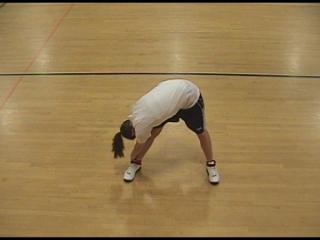
Notes: When stretching, each movement should be performed slowly and focused – don’t ever “over stretch” a muscle or joint. You are stretching for basketball, not for gymnastics. Don’t force a stretch so far that it hurts, there shouldn’t be a lot of pain with stretching. All you are trying to do is to increase / improve the range of motion of the muscles and joints used while playing basketball. And most importantly – don’t use bouncing motions while stretching out – excessive bouncing can actually cause muscles to tear. Stretching is not the same for younger players as it is for older players. Younger players are still in their development stages – overstretching the joints can affect long term stability of a players bone structure.
A few guidelines to follow while performing stretching exercises:
* Don’t hold your breath when you stretch, breathe as naturally as you can. A slow breathing technique will keep you relaxed while stretching.
* Not all players have the same depth of flexibility (some players can be very flexible, and some not so flexible). The point is that stretching will be different from player to player – so coaches should not compare players when it comes to stretching.
* Perform each exercise slowly – you don’t want to push a muscle too far or too fast – this could cause injury.
* Pain should not be part of stretching, players should stop stretching if they feel any “sharp” pains (or any unusual pain at all).
A Few Examples of Stretching exercises:
Stretching / Inner Thighs, Single Leg
Stretching / Toe Touch, Regular
Stretching / Toe Touch, Cross Feet

Conclusion
There is much more to warming up and stretching than what is described above on our Youth Basketball Stretches Exercises page. It would be very beneficial for coaches and players to get additional (more experienced) advice when it comes to stretching out. There are many different ways to gain more knowledge on the subject of stretching. Every high school usually has a strength and conditioning coach. Local Rec Center or YMCA will have experienced persons handling this, and there are plenty of books and video on the subject. The bottom line is that you should now understand the importance of warming up and stretching out. Especially how it can affect your playing, and how a lack of warm–up and stretching can cause injury. Check out our large selection of video clips – Example Motion Offense Play
Check out our Footwork / Conditioning Page Here
